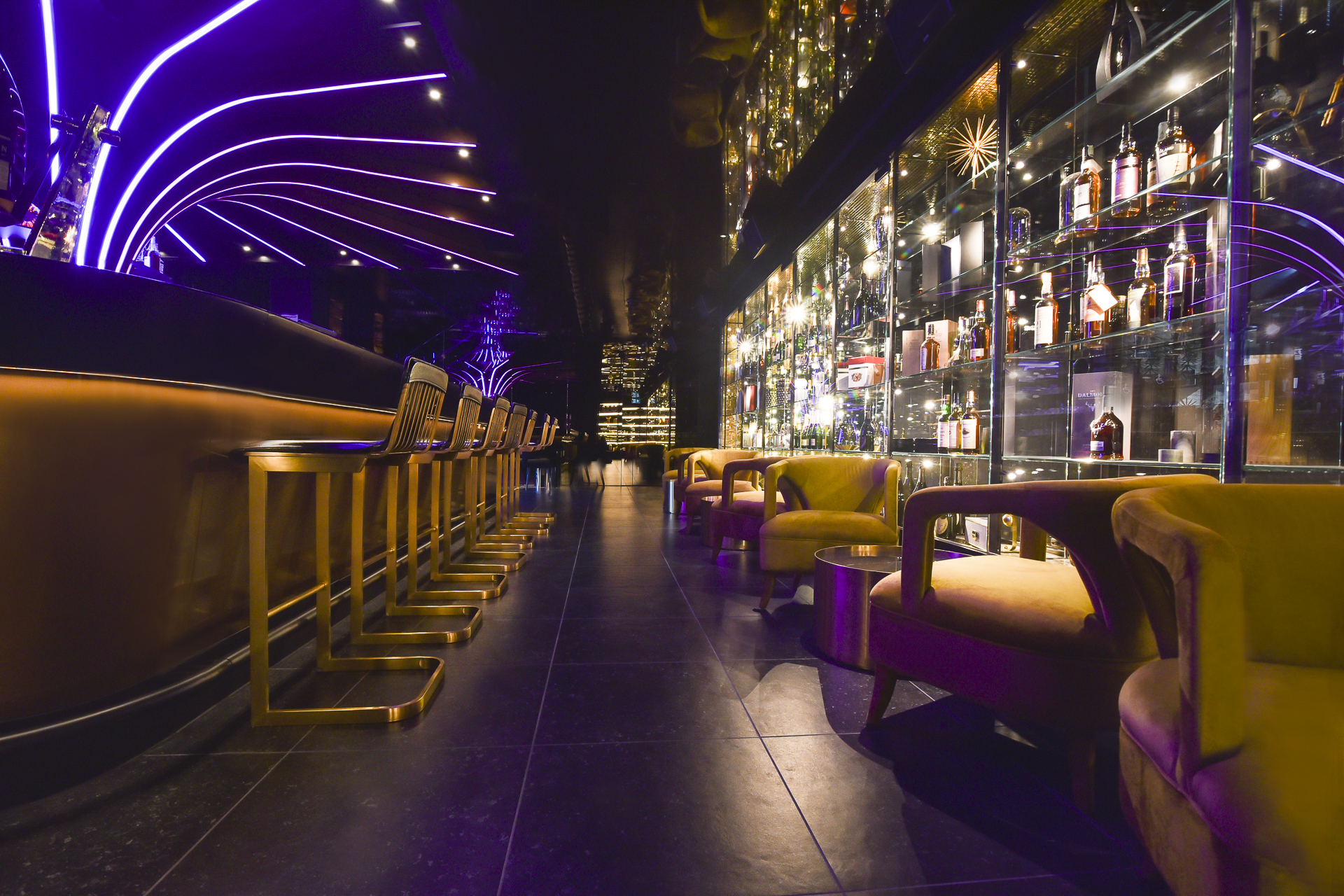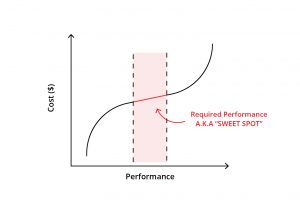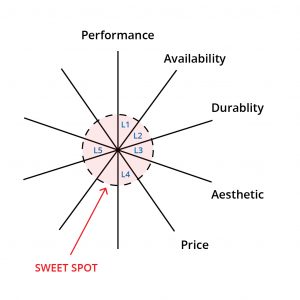The lighting package is a significant capital investment in any building project, regardless of whether it is Commercial, Industrial, Retail or Hospitality. There are a number of conflicting considerations in putting together a lighting package, and these can differ significantly as a project progresses from the initial documentation stages, through to the construction and commissioning stage.
Central to findinding the sweet spot in lighting, is the concept of maximising value. As lighting designers, we would all like to use the best fitting for a given application, but in many cases, the fitting that represents the best value is what will best serve the interests of the customer. I have looked at four aspects of a lighting package, that can be plotted against price. The relationship between the features of a fitting, how they apply to the application, and the price gives its value.
Value cannot simply be derived from looking at specifications, and price points. The specific requirement for a project must also be taken into account. This is why generic specifications can be so dangerous. We have all seen specifications that have clearly been cut and paste from another job. It is here that we, as project lighting specialists can add the most value to our customers by identifying fittings that are both over, and under specified, and replacing them with fittings that represent the best value
I have identified five key components to finding this sweet spot in specification. There are more, and in some specialist areas they are more important, but these are the five that I consider the most important.
- Performance
- Price
- Availability
- Durability
- Aesthetics
Performance
There are many aspects to be considered in understanding the performance of a light fitting, The light output, colour temperature, colour rendering and distribution of light are all very important aspects to consider. If a light fitting is not capable of achieving the lighting result required, there is little purpose in installing it. The performance of the fittings must be kept in mind when trying to manage costs, and lead-times. An underperforming light fitting is a waste of time and money, regardless of how cheap or available it may be.
Price
There are massive differences in the cost of light fittings when the cheapest, and most expensive fixtures of a given type are compared. There can also be a significant difference in the price on the same fittings, depending on how they are sourced.
Availability
The timeline for the awarding of projects, and their completion seems to be getting tighter and tighter. This often results in insufficient time to procure specified product in a cost effective manner. The options are to either delay the project, or incur additional expenses on costly measures such as air freight. Sourcing equivalent product that is available within the required timeframe is often an option that is worth exploring.
Durability
A light fitting has to perform to the required level, for the required period of time. Fittings in inaccessible areas, and in exposed and harsh environments are often the riskiest components of a lighting specification. This is one area where it is often necessary to look more at the quality and performance of the fitting, rather than the price. Value in this area is not as strongly associated with price.
Aesthetics
Aesthetics are very important, especially for decorative lighting. For some projects, custom light fittings, or original designer fittings are both appropriate, and necessary. In other cases, there are often replica products available off the shelf that will suit the purpose. The same can be said for general lighting. While the trimless architectural fitting may be essential for the common areas in a commercial project, they may not be required in the cleaner cupboard or the store room.
I have tried to represent this “lighting sweet spot” graphically as follows.
Figure 1. shows an analysis of an individual fittings’ value looking at the performance of a product.
For those who are mathematically minded, I believe that the value of a product is best represented by the formula $=P^3, where $ is pretty obvious, and P is the performance (or attribute) of the product. I don’t really want to go into it in this post, but if anyone is interested in a further discussion on this formula, please comment and I will put something together.
Figure 2A and 2B represent the holistic view. It is hard to represent this graphically, but I hope you will get the idea.
Figure 2A is often the starting point. Figure 2B is where we are trying to get to.
Cameron Ely is the Managing Director of Interglo Lighting. Please comment, or email cameron@interglo.sitepreview.me if you would like to discuss further.



